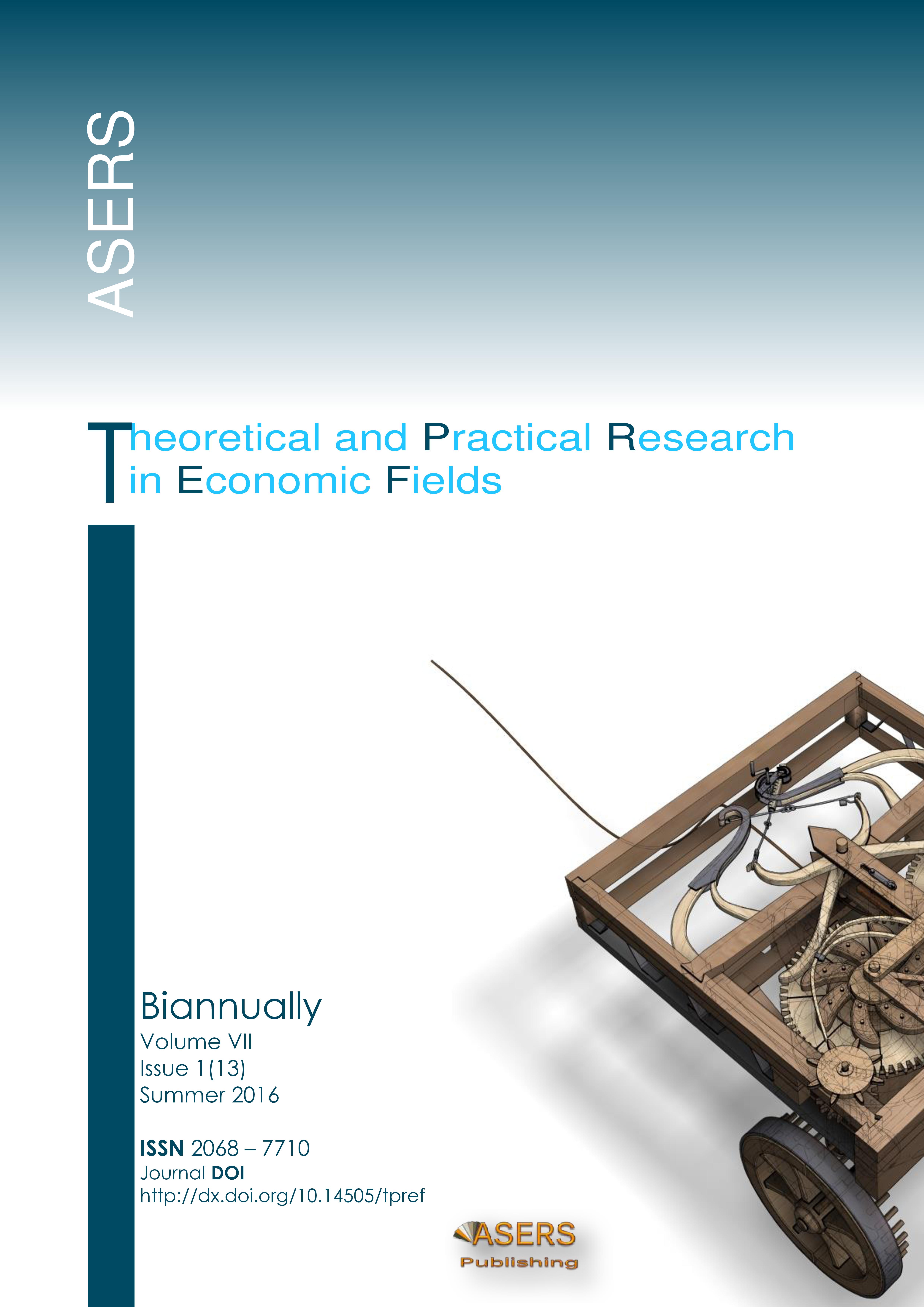Policy Rate Divergence in the ASEAN-4: Impact of Global Risk Perception and
Financial Market Characteristics
Policy Rate Divergence in the ASEAN-4: Impact of Global Risk Perception and
Financial Market Characteristics
Author(s): Laura B. FermoSubject(s): Financial Markets
Published by: ASERS Publishing
Keywords: Markov; regime-switching; ASEAN-4; monetary policy; divergence; global risk appetite; Trilemma
Summary/Abstract: Monetary policymakers want to know how much influence they can exert over market interest rates. Looking at how far and when benchmark market interest rates are deviating from policy rates provide them with a perspective of how thedegree of influence of the central bank’s policy rate over market interest rates changes over time, and help them understand what factors are causing the divergence. The focus and main contribution of this study is that for four small, open emerging market economies of the Association of Southeast Asian Nations (ASEAN), the gap between policy rates and market interestrates follows a Markov-type regime-switching process. In addition, the study finds that some domestic financial market characteristics—particularly the degree of foreign ownership of the relevant money markets, and global factors that drive foreign risk-taking and search for yield—particularly indicators of global risk perception are the significant determinants of the transition probabilities.
Journal: Theoretical and Practical Research in Economic Fields (TPREF)
- Issue Year: VII/2016
- Issue No: 13
- Page Range: 30-52
- Page Count: 22
- Language: English
- Content File-PDF

